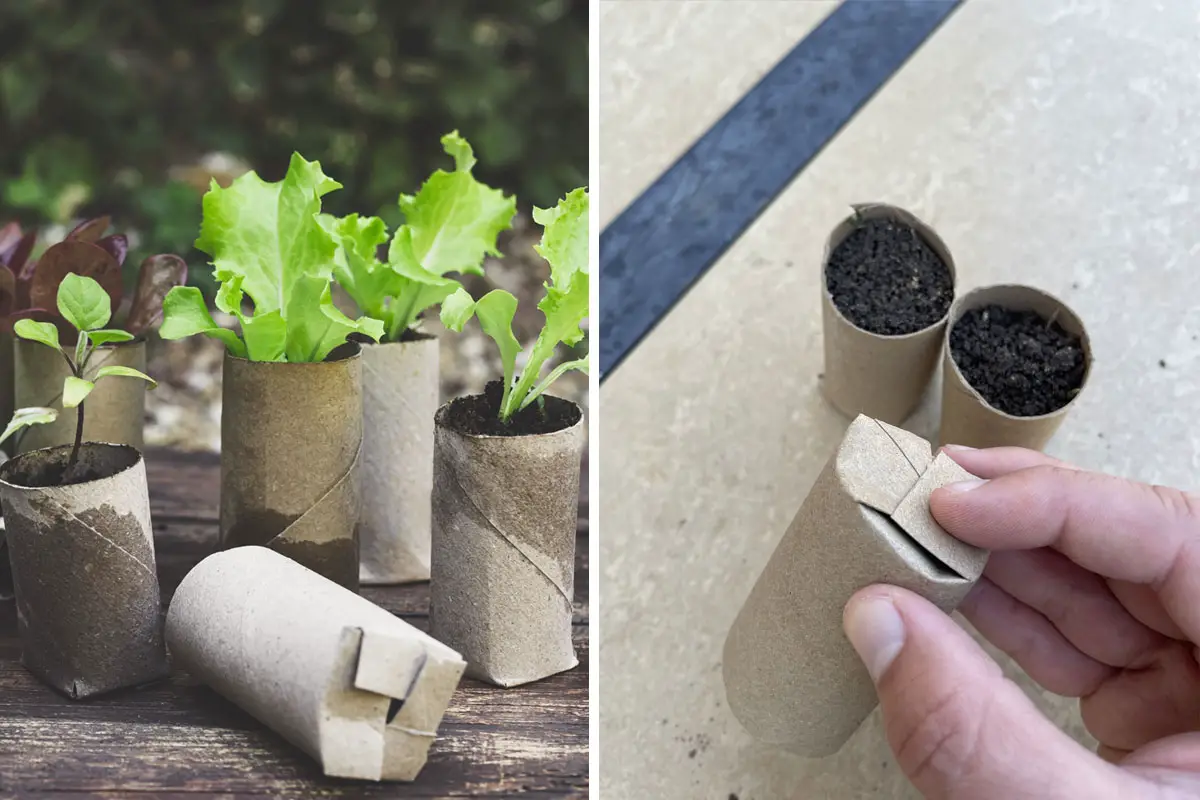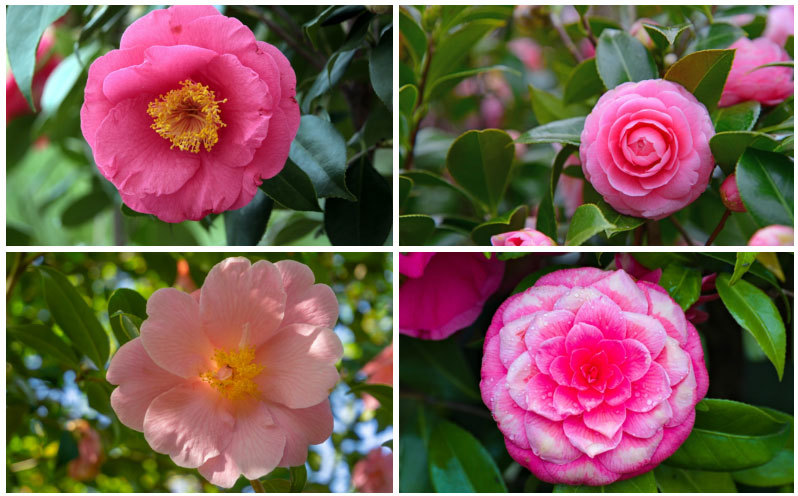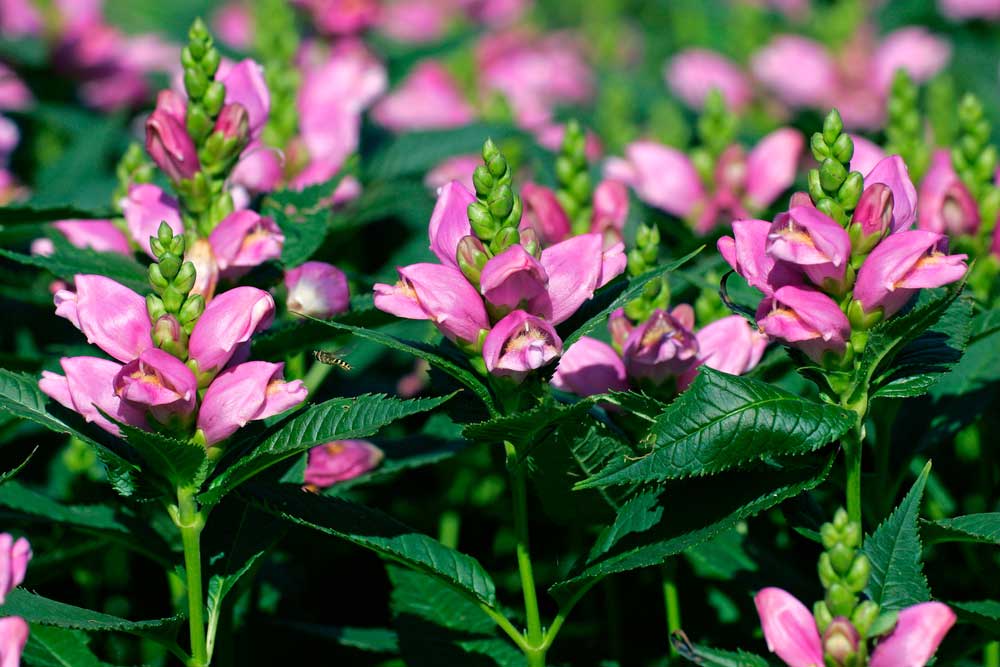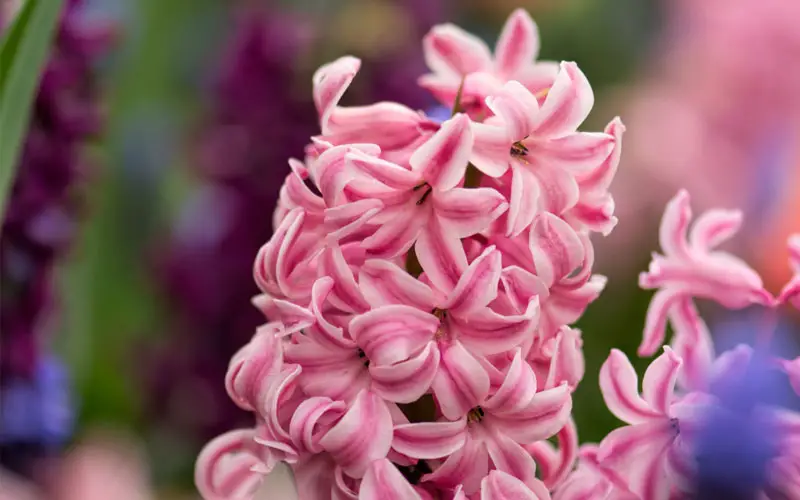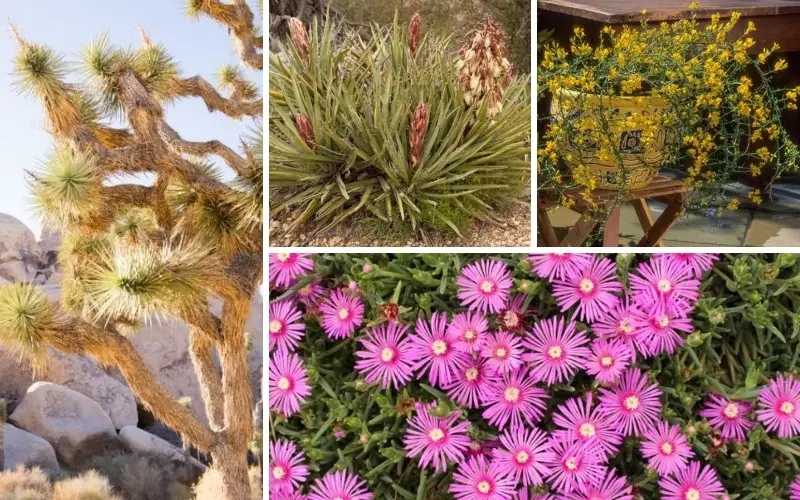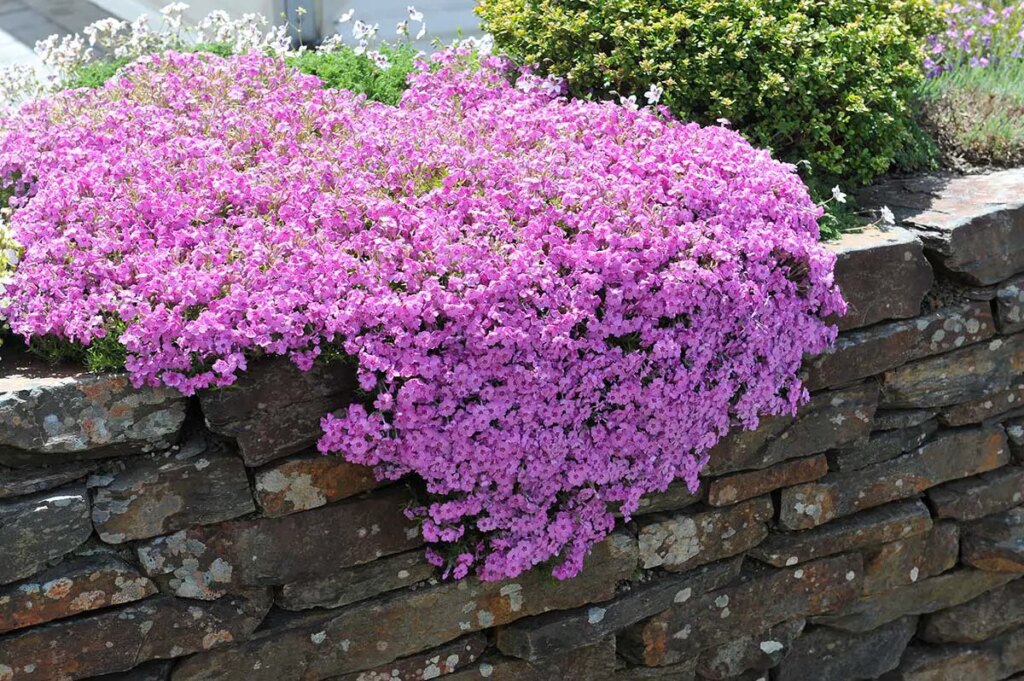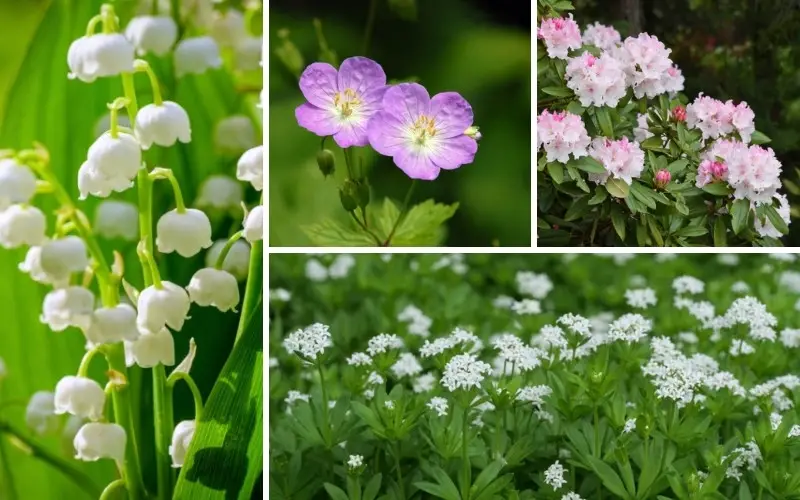
There is nothing as peaceful as sitting underneath a tall, lengthy pine tree and listening to the wind whispering through its needles.
But what if you are looking to add a color pop to your pine trees? While beautifying the space, it’s essential to research and understand what plants will thrive in the same soil and nutrients that keep pine trees tall and sturdy.
Read on for our compiled list of the 10 best plants to plant under pine trees.
Columbines
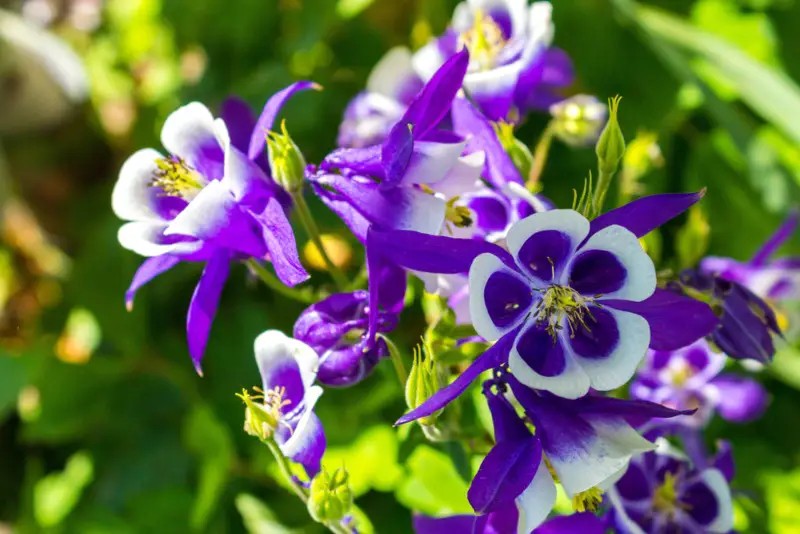
The delicate appearance of the Columbine flower is misleading as this flower is deer-resistant and can withstand dry conditions. Columbines are also known as ‘Granny’s Bonnet’ due to their bell-shaped flowers.
With over 70 species, the columbine offers a wide variety of colors from vibrant reds, yellows, purples, oranges, and some even have multi-colored pedals.
Quick Tip:
Columbines perform best when planted in the spring months. Plant the seed directly into the ground, in rich soil and water to soak the soil. When the columbine has established itself, it prefers light water. Columbines prefer the sun but also grow exceptionally well in light shade.
Rhododendron
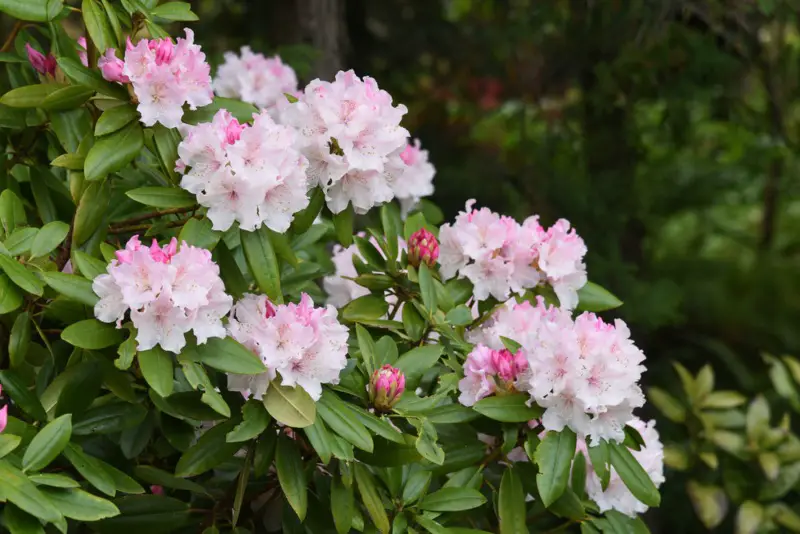
A Rhododendron is a type of shrub that has large, leathery leaves and prefers a mild climate. They come in multiple colors like red, white, and purple and their leaves remain green throughout the winter months, making them a staple in landscaping across North America.
Quick Tip:
Rhododendron plants need well-drained soil, which makes them a perfect option for under your pine trees. Make sure to select an area that receives dappled shade throughout the day. Too much or too little sun can stunt the growth and overall health of your Rhododendron.
Lily of the Valley
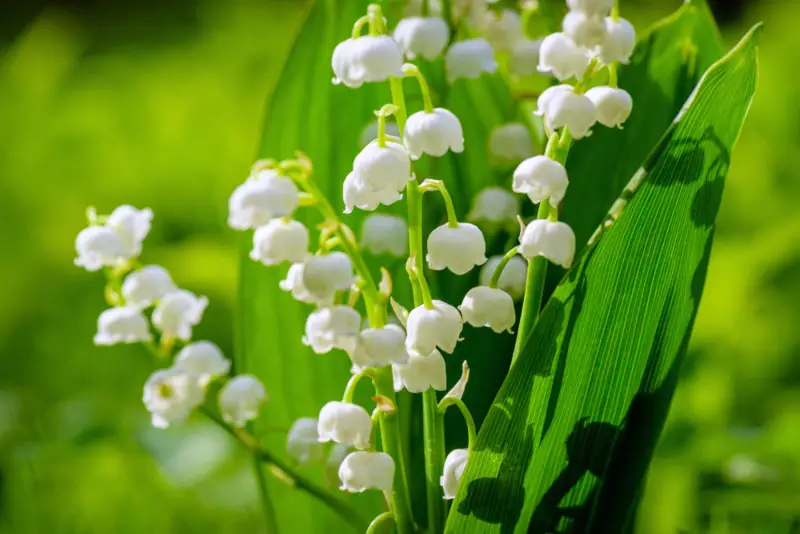
While poisonous if consumed, the Lily of the Valley is another plant option that excels under pine trees. The toxic nature of the plant is its natural defense mechanism against predators.
Its bell-shaped flowers droop down off the stem and give it other names like Mary’s tears and Our Lady’s tears. If not properly contained, these flowers can become invasive.
Quick Tip:
The Lily of the Valley prefers warm weather and sandy soil that allows for easy drainage. This plant can also survive in mountainous, high elevation areas with soil that contains alkaline.
Wild Geraniums
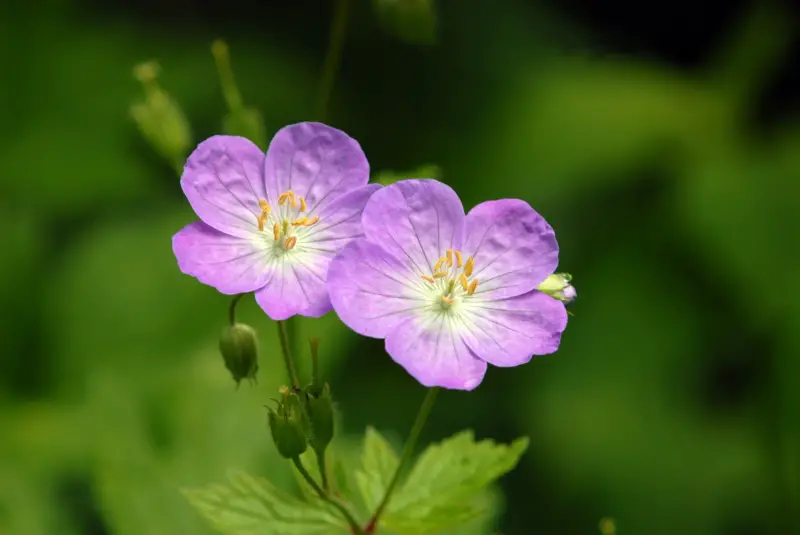
Wild Geraniums have a dainty look and produce flowers in the late spring or early summer. These flowers are typically a lilac color or pink but can produce purple and white flowers. Wild Geraniums are not invasive but grow in colonies and can grow anywhere from 18 to 24 inches tall and 12 to 18 inches wide.
Quick Tip:
Wild Geraniums grow best in compost-type soils that contain debris from fallen leaves or pine needles. They require ample sunlight and a good supply of water. While they have specifications for their ideal climate, they are very adaptable plants and grow in various conditions.
Lady Fern
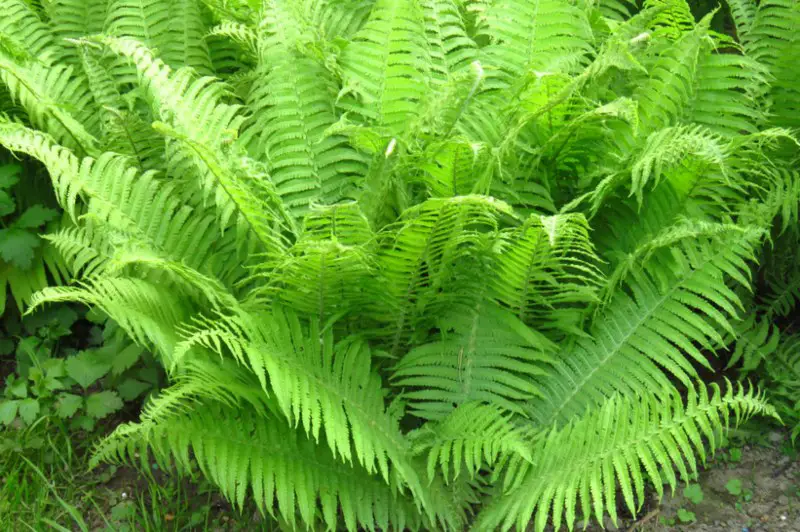
The Lady Fern is native to the United States and can grow wild in most woods, meadows, or swamps. Its light green leaves set it apart from the darker shades of green that are associated with ferns.
If they go unmaintained, Lady Ferns can grow from 3 to 7 feet in diameter and 2 to 5 feet wide, with a single frond measuring 1 foot wide and 3 feet long.
Quick Tip:
Lady Ferns require moist soil and will not survive in constant sunlight. The minimal maintenance required of the Lady Fern makes it a great addition to any landscaper looking for a low-maintenance plant.
Wild Ginger
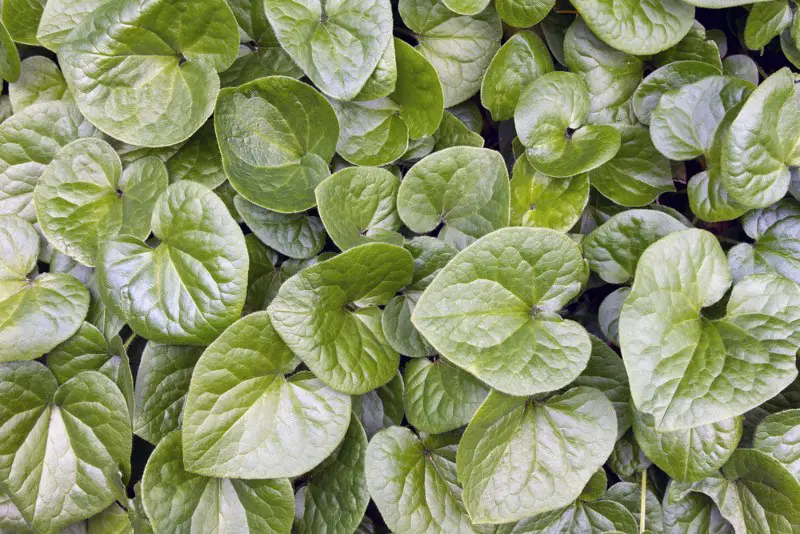
If you’re looking for a plant that cohabitates with pine trees while also providing a source of food, wild ginger is a noble plant option. Wild ginger grows in the eastern United States in shady forests with rich, mesic soils.
Native Americans and early Euro-European settlers historically used wild ginger as a cooking spice, syrup, and candied root.
Quick Tip:
Ensuring it is in a shady location, wild ginger can be transplanted from its wild source by digging up the underground rhizomes in the spring once it has leafed out. Because it is a wild plant, the ginger is adaptable to various climates.
Jacob’s Ladder
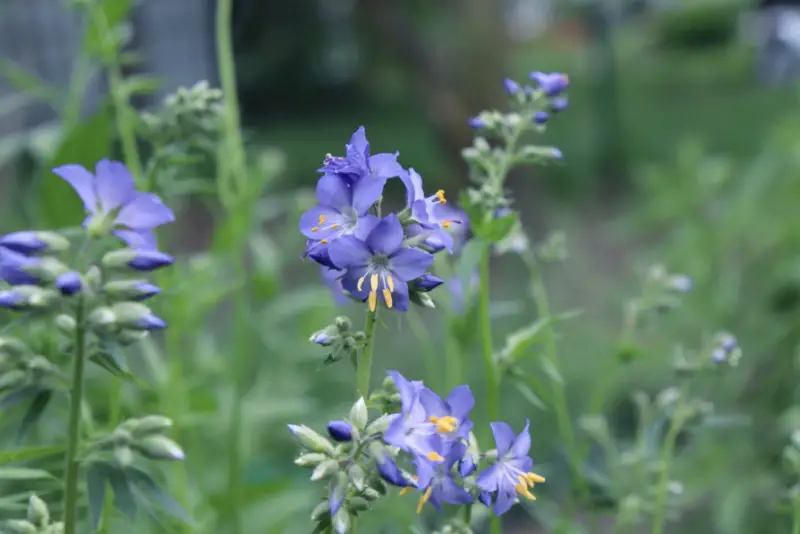
Jacob’s ladder plants get their name from the resemblance of the leaf pattern on the stem to a ladder. “Jacob’s” comes in as a biblical reference as the biblical character Jacob saw a ladder in his dream.
This plant is known as a creeping plant as it is known to spread out and “creep” along the ground.
Quick Tip:
Jacob’s ladder does well in rich, shaded, moist woods, making it compatible with the same climate as pine trees. This plant is found in the midwestern region and creeps along the ground by seeding itself.
Sweet Woodruff
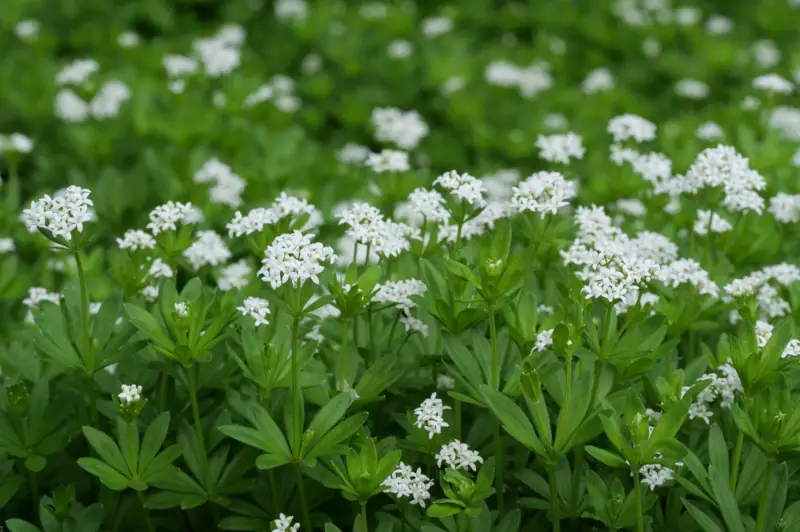
The sweet woodruff plant, also known as galium odoratum or sweet-scented bedstraw, is a perennial plant in scattered areas across North America.
Like many other plants mentioned, it prefers shade over sunshine, but an hour or two of sun a day is needed. It does best in moist, rich soil and requires frequent watering in the dry summer months.
Quick Tip:
Sweet woodruff is not preferred by deer or chickens, which makes an excellent option for those looking for a plant compatible with pine trees where deer and chickens are abundant.
Before planting sweet woodruffs, ensure they will receive a mixture of sunshine and shade and moist soil.
Mayapple
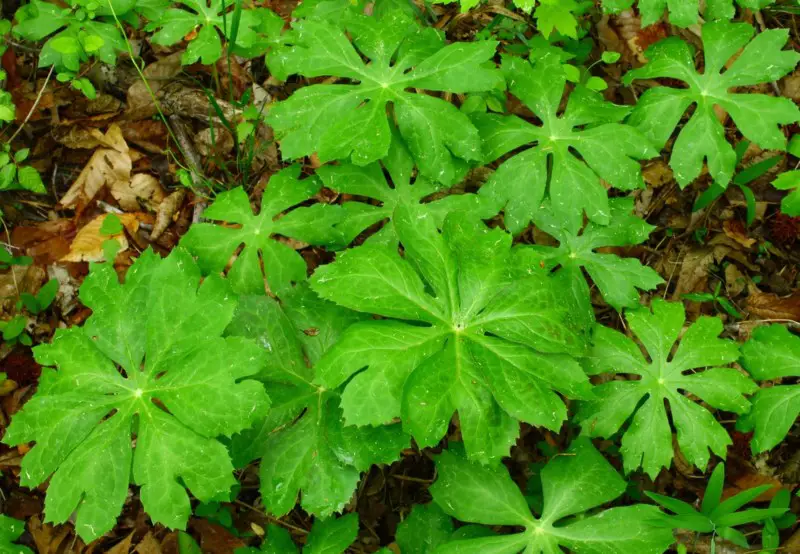
The mayapple plant is widespread in the mid-western states of the U.S. and grows in areas where morel mushrooms pop up as they prefer the same type of soil.
Some mayapples produce a white bloom that turns into a green then yellow fruit. The unripe green fruit is toxic to humans. However, the matured yellow fruit is edible in small amounts.
Quick Tip:
Mayapples grow in colonies and prefer mostly shaded areas and rich, wet soil that contains abundant organic matter. They do well in areas where pine trees grow thick and provide protection from the sun.
Hydrangeas
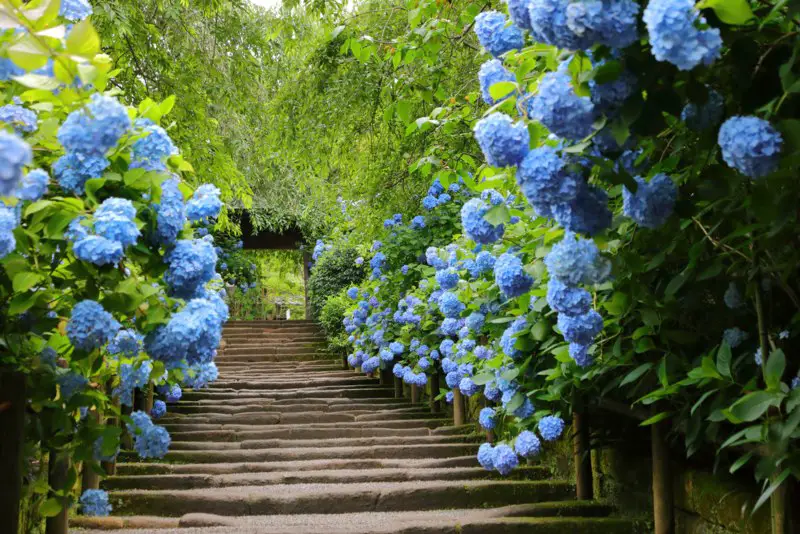
Hydrangeas are one of the more durable plants on this list as they can withstand almost any soil. They produce a colorful and vibrant bloom that adds a pop of color to any landscape.
A unique feature of the hydrangea plant is that it can bloom different colored flowers all on the same plant. It’s likely to see a white, pink, and lavender-colored bloom on the same plant!
Quick Tip:
As previously mentioned, hydrangeas can survive in almost any soil, but they do best in well-draining soils that receive abundant moisture. Hydrangeas prefer sunning mornings and shaded afternoons.

